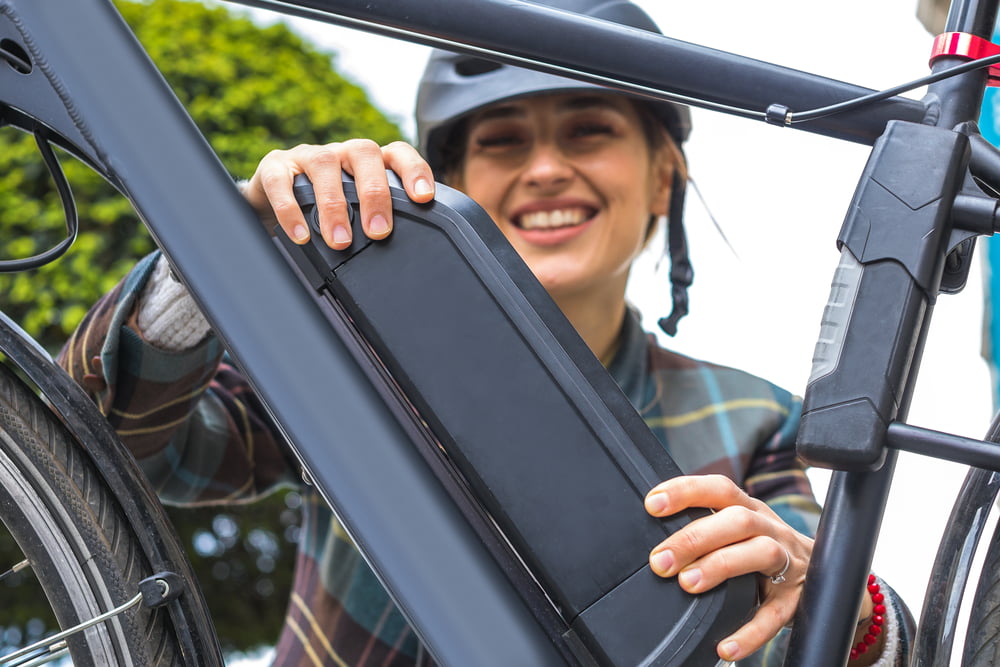What is also striking is that young people focus less on quality aspects of an e-bike and attach more value to speed and technical innovations such as GPS tracking and smart connectivity.
More and more young people are cycling to school on an e-bike, according to figures from the annual GfK E-Bike Monitor. Recreational use and commuting are still the largest segments, but compared to 2021 there is a clear increase in the use of the e-bike to go to school or college. A logical consequence of this trend is that the number of e-bike buyers in the 18 and 24 age group is increasing. This also increases the average use per week.
No less than 45 percent of the buyers indicate that they use the e-bike once or several times a day. What is also striking is that young people focus less on quality aspects of an e-bike and attach more value to speed and technical innovations such as GPS tracking and smart connectivity.
Physical store still dominant, but we see growth in the online channel
The physical store remains the most important channel for buying an e-bike. Consumers still find it important to see and test the e-bike. Also in 2022, more than 90% of the buyers who visited a store or location used a test drive.
No fewer than three-quarters of consumers who buy an e-bike in a physical store prefer offline bicycle shops that carry several brands. This year we see growth in the online channel. This is partly due to the increase in the target group aged 18-24. Within this age group, 60% buy their e-bike online.

Increase in online market also seen in Belgium
We also see an increase in the online channel at our closest neighbors in Belgium this year, although the physical store remains the most dominant channel year in year out. In 2022, about 80% of Belgian buyers who visited a store or location used a test drive to test the e-bike. In Germany this is more than 80%. If you buy an e-bike from a physical store, this is, just like the Netherlands, usually a bicycle store that carries several brands for both countries. In Belgium this is 60% and for buyers in Germany this is even more important with over 70%.
France and Italy a more fragmented offline channel
Where in the Netherlands, Belgium and Germany a bicycle shop that carries more brands is usually the most dominant player within the offline channel, the situation is different in France and Italy. In France, most e-bikes are bought in the offline channel in a sporting goods store. Almost 50% opt for this. In Italy, more than 30% opt for a sporting goods store.
For manufacturers and retailers, the physical store remains an important channel in the customer journey. The clear differences in the age groups of buyers and the customer journey compared to the Dutch market are remarkable. How these target groups differ and what the customer journey is when purchasing an e-bike is explained in detail in this annual e-bike consumer survey.


